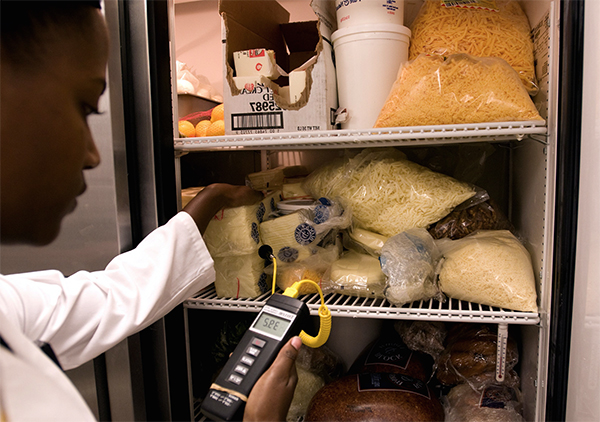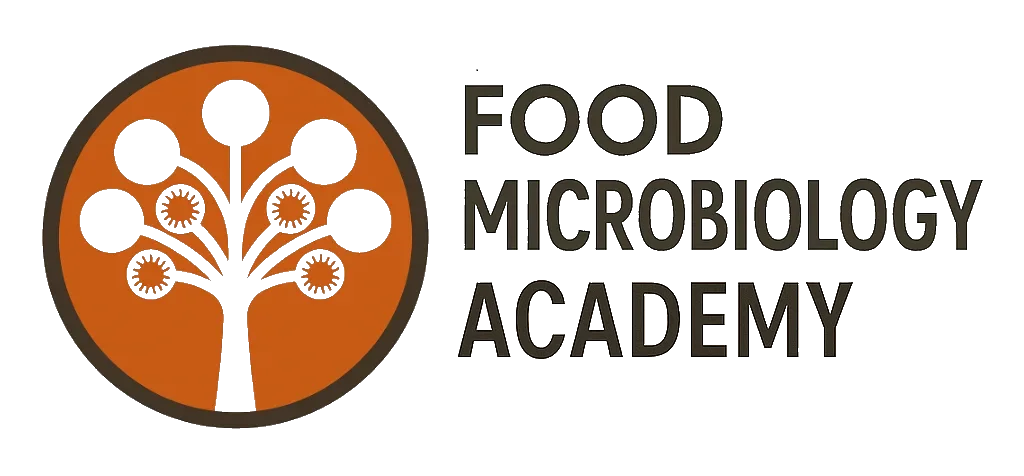People consume food that has been manufactured in a food processing plant or prepared for immediate consumption in a domestic kitchen or a commercial kitchen. Similar to food manufacturing facilities, commercial kitchens are tightly regulated environments, where organisation, plans, workflow and more, are paramount to the food safety success of that food service establishment. Here are some of the ways that commercial kitchens maintain the high level of food safety required to ensure adherence to local food safety regulations.
Commercial food preparation
In the fast-paced environment of a commercial kitchen, excellent planning and organisation is essential in order to maintain hygienic conditions and hence maintain appropriate food safety standards. Every detail must be considered because even small oversights can, over time, slowly develop into major problems that can be difficult to reverse or rectify. The principles used in ensuing high food safety standards, and indeed quality, are similar to a manufacturing environment, where dedicated areas for specific activities are required along with detailed standard procedures for routine tasks.
Food storage rooms
Food can spend some time in storage areas and it is therefore an absolutely vital requirement for their hygienic status to be maintained. Clearly, temperature control and checking the temperature (Figure 1), along with humidity in some instances, is paramount for ingredients to be stored safely and to maintain it’s quality until use. Although of extreme importance, consistent temperature control can be difficult without properly designed storage areas to eliminate warmer air repeatedly entering cold rooms. Furthermore, a good system of storage will also assist in safe and quality ingredients as will a well-lit storage area. This is because it will be easier to spot any food ingredients that have prematurely spoiled, with good lightning.

Figure 1: Checking the temperature of a commercial kitchen refrigerated storage area.
Work flow in the kitchen
The flow of work in a commercial kitchen is akin to a mini, non-automated, production line (Figure 2), or at least in principle it is. This is so that there are dedicated areas for certain activities and food safety is not compromised through, for example, cross-contamination from raw to cooked foods. The importance of a well-designed and well-planned kitchen cannot be underestimated, because ensuring everything has a place and everything is in it’s place, will go a long way to creating safe and high quality dishes.
Standard operating procedures

Figure 2: Processes for flow of ingredients and dishes in a foodservice environment
High food safety standards occur not only from well designed work areas, but implementation of standard operating procedures that ensure routine procedures are carried out consistently in accordance with expectations for a given task outlined in written documentation. One of the most widespread approaches in ensuring compliance with food safety regulations is the system known as HACCP – Hazard Analysis Critical Control Points. This was developed in the 1960s for the United States’ space program to ensure safe food for astronauts on space missions. It is a preventive system, and while a HACCP, when done properly, can reduce food safety risks to a negligible level, it will not guarantee food safety, but does absolutely minimise the risks. Before actually establishing a HACCP plan, there are various preliminary steps that should be undertaken, as outlined in Figure 3.

Figure 3: How to go about establishing a HACCP program.
In brief, the HACCP system works through carefully identifying hazards that may pose a threat and putting checks in place to monitor those points in the workflow where such hazards cause unacceptable risks. If such hazards are identified, a standard response to eliminate is documented along with checks to verify that all is on order.
Why go to so much trouble you may ask … in both the food manufacturing and the food service sectors, releasing food that has chemical, physical or microbial hazards could have dire consequences for customers/diners or illness, injury or even death. In the case of a food manufacturer, the financial consequences of a product recall associated with a suspected food safety risk can be enough to close down a business. Similarly, a foodborne disease episode or a foreign object found in a meal at a restaurant could damage a restaurant’s reputation to the point of no return. Therefore, the time and money invested by a food business to reduce food safety risks to a negligible level through the development and implementation of a HACCP program is certainly going to be worthwhile to largely prevent food safety problems. Of course, there’s no iron-clad guarantee that issues won’t surface, but a good HACCP program in place will provide peace of mind that almost nothing can go wrong, from the food safety perspective.
Food safety programs
The importance of food safety programs, such as HACCP, are illustrated by them being mandated in many jurisdictions around the world, to prevent food safety issues. When issues do occur, such an outbreak of foodborne disease traced to a particular food item, one could consider that one of two scenarios is likely. Either, I) there has been a breakdown, a lapse in an aspect of any one (or more) of the seven steps of the HACCP system, or II) a change in manufacturing process or kitchen workflow has occurred, for example, or different ingredients are used or even the same ingredient but from a different supplier. Even such small changes could have substantial impacts and a new HACCP plan needs to be draw up to accommodate that change. The different supplier may source their product from a country where the food safety standards are lower or more contamination is likely. In such a case, an extra control would need to be inserted in the HACCP plan to ensure this is accounted for.



